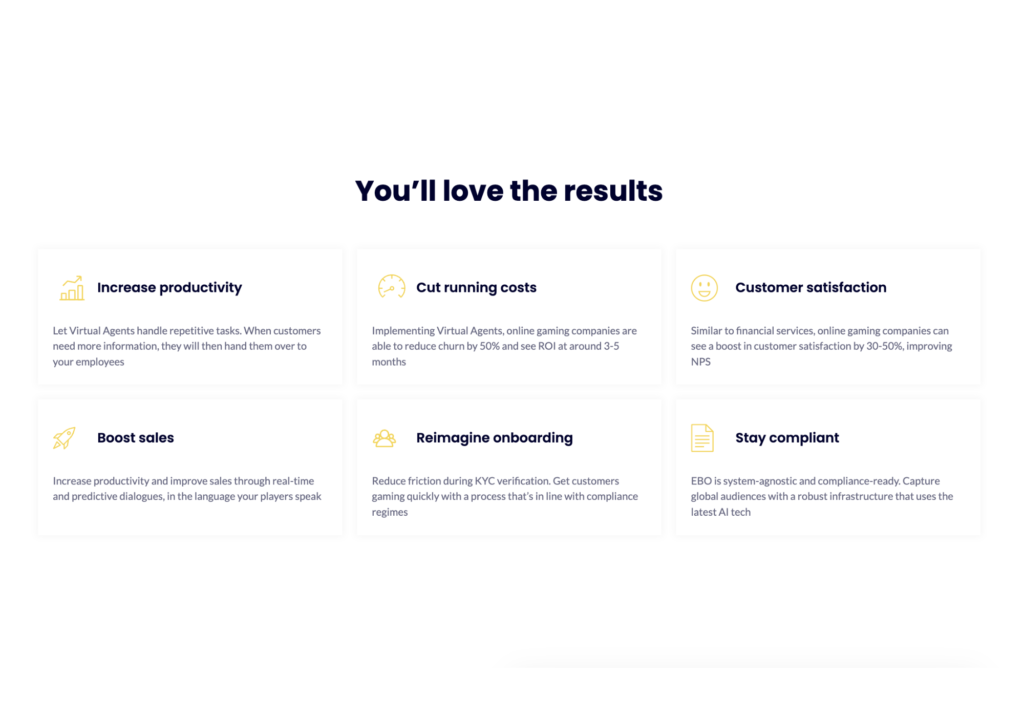Whether you’re a new business owner or a seasoned entrepreneur, you’re probably aware of SEO (search engine optimization) and how it can help put your business in front of the right people.
Sure, incorporating SEO into copywriting for your website and other content is important, but it’s definitely not the be-all and end-all of effective copywriting.
In fact, doing things like keyword stuffing can negatively impact your website’s visibility, and in turn, hurt your sales. Before we delve deeper into how this happens, let’s learn a little more about SEO.
What is SEO?
SEO is the process of optimizing a website’s technical configuration, content relevance, and link popularity so that its pages become easily searchable and more relevant towards search terms.
Having successful SEO on your website can mean that search engines like Google will be able to rank them better, thus bringing your business in front of more eyeballs and potential customers.
There are a lot of SEO tactics that are used today to achieve these results, like:
- Copy with selected keywords
- Headings containing keywords
- Meta descriptions
- Internal links
- External links
- Backlinks
- User-friendly website design
- A consistent flow of new content
Combined, these SEO tactics will increase the overall visibility of your website and also keep it relevant and current, especially when people are searching for a particular product or service.
How can SEO be overly optimized?
As with many things in life, overdoing something can lead to dire consequences. Instead of your website ranking well and appearing higher up on a search engine, overly optimized SEO may just weigh your copy down.
Our search engines are becoming increasingly intelligent and their SEO algorithms are becoming more complex by the day. Your SEO has to make sense to the search engine. Simply overdoing it without rhyme or reason can downgrade your site’s rankings and derail your efforts.
We’re certain that’s not what you’re looking to do for your business, yet it’s so easy to get carried away with SEO and you should always be more careful not to commit these SEO mistakes.
Keyword stuffing
With SEO, there should be one focus keyword used per page. What many do is use the focus keyword way too many times within one page in hopes of ranking better, sometimes even going as far as repeating the focus keyword multiple times in one sentence.
This causes the copy to automatically lose its value and original messaging, and keyword stuffing can bring down your website’s credibility and rank position. This also puts any potential customer off if they can’t understand what you’re trying to convey.
Keywords just because
When written well, SEO optimized content may be picked up by a search engine for ranking for multiple keywords. So, what many businesses do is simply put in a bunch of keywords they gathered from their keyword research.
Besides the focus keyword, carefully chosen secondary keywords can boost your content’s searchability. However, putting in secondary keywords just to try your luck can overwhelm the search engine. It will also find it difficult to understand the purpose of your content.
Content with too many keywords can also read poorly. Remember, your content is written for human beings and not machines. It has to provide clear value in order to entice readers and potential customers.
Content that is way too lengthy
Keyword-rich content, such as blog articles, help a website get noticed by a search engine. On that note, search engines like Google favours articles that are between 1,200 and 2,000 words, or an article length that takes about 10 minutes to read.
Anything longer is unnecessary, and in most cases, the points become repetitive and the messaging gets lost in translation. Don’t stretch out your content just to hit the word count. Keep it straight to the point. It almost always converts better too.
Poor title tags
Your headings matter more than you realize. Any headings within pieces of content tells the search engine what it is about. So, inserting keywords in these headings is important. On the other hand, having no headings or headings that are too long may hurt your site.
To make sure the search engine doesn’t get your content confused, headings used within a piece of content should have a structure that makes sense, with focus keywords included. For best results, make sure to also use H1s, H2s, and so on.
Bad links
Many underestimate the power of inserting links to both internal and external content on a website’s SEO. When the search engine picks up on properly placed links within a piece of content, it groups the content amongst practical resources that get more exposure.
Internal links shouldn’t just direct readers to a website’s main navigation menu. Try to add backlinks too. This means having other websites link to yours or content of yours to enhance your credibility on the search engine.
Too many SEO enhancements
SEO is a long-haul game and it’s normal to want to overhaul your website or copy from time to time to boost your SEO scores. But, doing too much at once, like switching out its content and structure, means search engines have to relearn your website.
If you’re changing your content, focus on one area at a time so you don’t overwhelm the search engine when it goes to scan through your site. Otherwise, just remember that these changes may affect your SEO rankings for a while.
Make SEO work for you
Does SEO work to help you get more leads and customers? Sure it does, but it has to be done right in order to produce positive results. SEO is important, but let’s not forget that selling effectively requires a human touch. Your content has to also resonate with your audience.
As a business owner, you should establish a proper SEO strategy with your copywriter, and perhaps pinpoint some keywords you’d like your website to rank for depending on your product or service.
To make SEO work for you, the trick here is to strike a fine balance between doing too little and overdoing it to the point that it hurts your sales. After all, you don’t want your SEO game to prevent your website from reaching its full potential.












